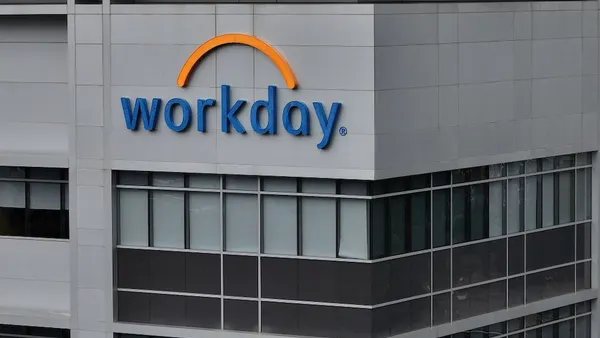Regrets about the one that got away can keep an HR executive up at night. You work hard to attract the talent your organization needs to succeed and to build a workplace culture where employees can excel. That’s why you can’t afford to let perception bias derail HR-related decisions at any point in the employee lifecycle.
“Perception bias is when our view of someone is shaped by assumptions, stereotypes, or incomplete information rather than objective data,” says Jackie Dube, Chief People Officer at The Predictive Index (PI).
Like any form of unconscious bias, perception bias can be a sensitive topic for workplace leaders to confront, Dube notes. But while we’d all prefer to believe we are bias-free, she says unconscious bias affects everyone and requires a deliberate effort to resist.
The antidote to perception bias in the workplace is to ensure that objective evaluation guides decisions about hiring, promoting and developing employees. Behavioral assessments, as part of a broader strategy, can be an effective tool for mitigating perception bias.
“Accurate assessments really allow you to move from assumption to insight,” Dube says. “They give you real data to make smarter talent decisions.”
How perception bias shows up
An example of perception bias might be assuming that a quiet employee doesn’t have the leadership qualities needed for a promotion, when in fact the person might be a highly strategic thinker who would do well in the role, Dube says. This kind of stereotyping is one of several common types of perception bias, and it can be rooted in assumptions about personality, age, race, ethnicity, gender and many other characteristics. In a November 2024 survey by Intelligent.com, 80% of Gen Z employees said negative stereotypes about their generation — like viewing them as lazy or entitled — adversely affected their work experience.
Dube shares another example involving affinity bias, also called similarity-attraction bias. It can happen when managers decide to hire, promote, or assign people who resemble them or seem to fit in with the team. But that can mean overlooking high-potential talent and losing the diversity of thought that makes for the most productive work teams.
“If you have that kind of bias in the workplace, you can create a culture where people don’t feel seen or valued, even if they’re high performers,” Dube says.
How behavioral data helps counter perception bias
Assessments let leaders understand an individual's natural behavioral drives and needs in a work environment. The Predictive Index Behavioral Assessment measures four key behavioral drivers: dominance, extraversion, patience and formality. Together, these components create a behavioral pattern or “Reference Profile” that can be used for job fit, management, conflict resolution, and more.
PI advocates a “whole person” view of job candidates and employees that it calls Head, Heart and Briefcase. The head stands for cognitive ability: the way someone learns and solves problems. The heart represents their behavior and natural drives and provides insights into their potential fit within the team and culture. The briefcase symbolizes their experience and skills.
“PI’s behavioral assessment sits in the heart category and helps uncover what motivates someone, how they interact with others, what work environment will set them up to thrive,” Dube says.
Dube notes that the assessment enables you to map out your team’s behavioral competencies and design ways to reduce any gaps or friction points to improve collaboration. The choice of how and when to apply this data comes down to what’s most critical to a team’s success.
Beyond assessments: A multi-pronged approach to bias mitigation
While PI’s behavioral insights are a powerful tool to counter perception bias, they are most effective when combined with other tactics for addressing this challenge. The strategies below can support a talent-optimized approach to mitigating perception bias:
- Create a culture of awareness around perception bias, making sure everyone understands the importance of addressing it.
- Provide training to deepen managers’ and employees’ knowledge of the subject.
- Conduct structured job interviews that reduce room for biases and assumptions that might influence the candidate assessment.
- Pay attention to the diversity of your hiring team.
- Be transparent about your criteria for job promotions.
The Predictive Index helps clients measure the effectiveness of PI’s assessment and other methods to curb workplace bias through employee engagement surveys that include questions about diversity and fairness. Showing measurable results helps to build the business case for a consistent, comprehensive strategy to prevent bias from creeping into talent acquisition and management.
“I think that awareness is the first piece,” Dube says. “It really should be supported by senior leadership, in terms of how critical it is for the organization to do their best to mitigate any perception bias.”
Download the infographic from The Predictive Index to learn more about different forms of perception bias and how behavioral data can help.










